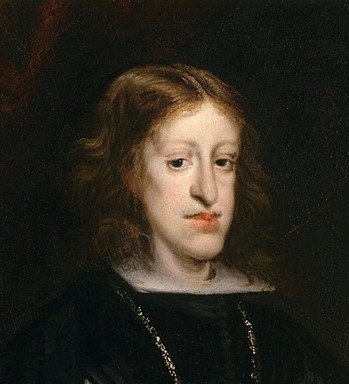from Rosemary Bailey
This article was published in the December 2023 edition of Soul Search, the Journal of The Sole Society
Why not listen to the episode entitled Hapsburg Inbreeding, by Dr Adam Rutherford from the podcast Not Just the Tudors, which was broadcast on September 11th of this year?
During the first half Dr Rutherford explains how we are all very distantly related to practically everyone else because of the doubling of our ancestors with each generation, two parents, four grandparents, eight great-grand parents etc… This means that if we go back to the year 1000 we would have more ancestors than there have ever been born in the world. The answer is that each person would be in multiple positions on our trees and everyone else’s alive today.
The second half discusses the Hapsburg Jaw, which was seen as a badge of honour until the tragic fate of the last of the Spanish Hapsburgs, Charles II, who died in 1700 aged 39. He was the only surviving son of Philip IV of Spain and Mariana of Austria, who were uncle and niece. While European nobility commonly married within the same extended family to retain property, the Spanish and Austrian Habsburgs were unusual in the extent to which they followed this policy and it wasn’t uncommon for a niece to marry her uncle. It is estimated that Charles’ genome was comparable to that of a child born to a brother and sister, as was his father’s. Charles’ pronounced jaw can be seen in the painting, left. He did not produce any heirs and was said to have learning difficulties due to inbreeding. The lack of heirs and his learning disability is due to inbreeding.

